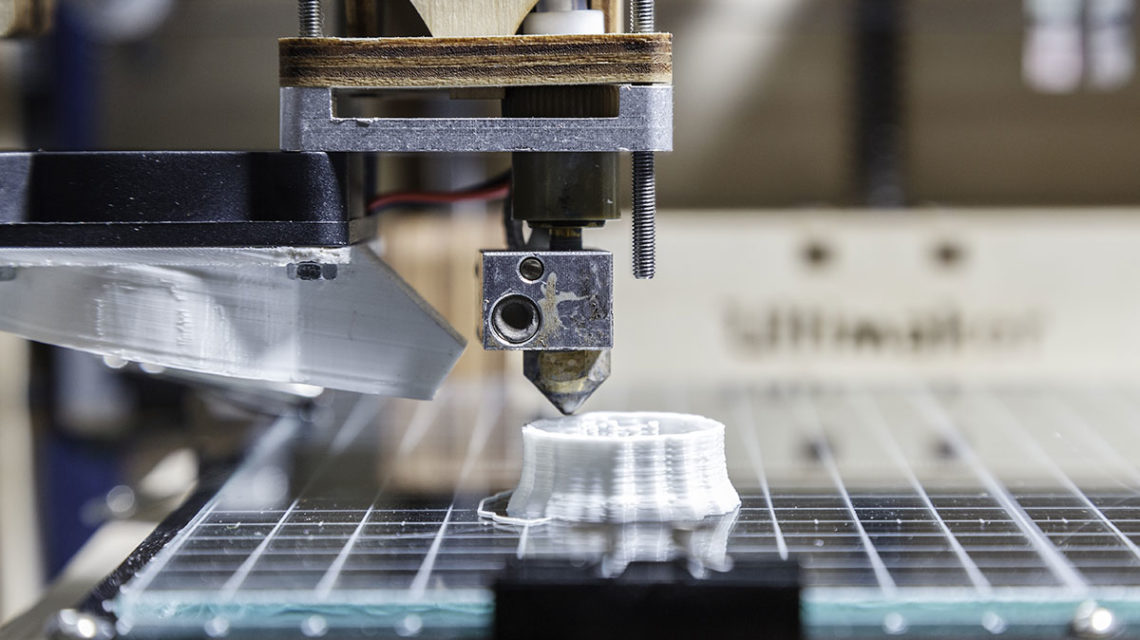Event News
Innovations in Dentistry: The Potential of 3D Printing

Oral hygiene should be practiced from childhood. Dentists worldwide never recommend over-the-counter (OTC) medicines for dental problems, and proper care and medical tools are always used, taking into account the health conditions of the patient.
Over the past 10 years, 3D printing technology has become more accessible to clinicians and has allowed them to offer more accurate, cost-effective and faster treatments to patients.
With advancements in applications in dentistry from the fields of prosthodontics, oral and maxillofacial surgery, and oral implantology, dental technology has also been upgraded at par with any other medical treatment.
Innovation in Dental Science
According to scanning technologies in dentistry journals, innovations in dental science have developed over the years and are used for powder bed fusion, photo polymerization moulding and fused deposition modeling.
The dental industry has adopted 3D printing in recent years, and it has risen at a fast pace. This is due to the high demands for cosmetic dentistry driving growth with a scope of in-house dental 3D printing and 3D printed products.
As a dental technology, 3D printing in this industry is also considered an advanced solution that offers high quality and perfectly shaped dental products such as crowns and bridges, dentures, surgical guides, and teeth implants.
Consequently, with the introduction of specialized dentistry courses, dental university, such as AIMST, also offer Bachelor of Dental Surgery (BDS), DDS (Doctor of Dental Surgery), DMD (Doctor of Dental Medicines) and other diploma courses.

The Printing Process
The printing process involves:
- Scanning with an intraoral scanner: the digital impression is collected, which is sent to the lab.
- Designing: by importing the digitally scanned with the software of CAD and design.
- After designing, printing is set up after importing the file to the print software and assembling by washing and drying printed parts.
Benefits of Dental 3D Printing
The main benefit of dental 3D printing is that it creates a digitally-manufactured product that is both cost-effective and affordable for both dentists and patients alike.
Innovatively, the entire denture can be customized, even with complex dental structures.
Moreover, the DLP (Digital Lighting Process) technology allows the movement of light sources in six different directions. This is extremely helpful when bridge or crown applications are used.
The digital lighting process allows for optimization of production, expansion of service offerings, and delivery of dentistry services on the same or next day, resulting in increased patient satisfaction and a return on investment.
There are examples that show a single printer could deliver an estimated 30 full arch dental models in one batch and use DLP to create accurate prints while illumination sequence and mechanical z-axis speed up the printing process.
Therefore, the durable resin tray provides transparency and stability, allowing units like this to produce smoother and more homogeneous surfaces than their predecessors.
The improved quality and flexibility of 3D printing are another advantage. Doctors also opine that earlier versions were compatible with proprietary resins, but now the open system allows the use of third party materials.
The speed and print quality of 3D printing enhance the patient experience and ROI. Communication strategies with patients and appointment systems can also increase revenue.

The patient communication system software (CRM – customer relationship management) in dentistry helps with:
- Calendarise the appointments – making it less cancellation and no shows. Scheduled appointments save a lot of time for both the dentist and the patient.
- Increase the scope of revenue generation – Using the software to send automated reminders to patients of their date and time of dentist visits via mail, text message, or phone call.
- Improving online visibility – by posting reviews of aspiring patients on social media platforms and acquiring new customers.
Key drivers are high incidences of dental caries and other dental ailments among all age groups, like tooth decay or missing teeth. A large share of the prosthodontics segment is attributed to the high demand for crowns and bridges.
The current global market value of 3D dental printing is projected to reach USD 7.9 billion, as stated in the market trends, drivers, and opportunities online.
Market landscape currently includes small, mid and large scaled companies that are ready to offer different innovative dental applications. On the other hand, printer manufacturers are also enhancing their printing capabilities to accommodate the trending dental technology and products.
In a Nutshell
The field of dental 3D printing around the globe is creating new avenues to learn, practice, and grow in dentistry career opportunities. Picking up the new concept, working with dedicated clinicians, and having cordial patient relationships also help one become a better professional in this field.

